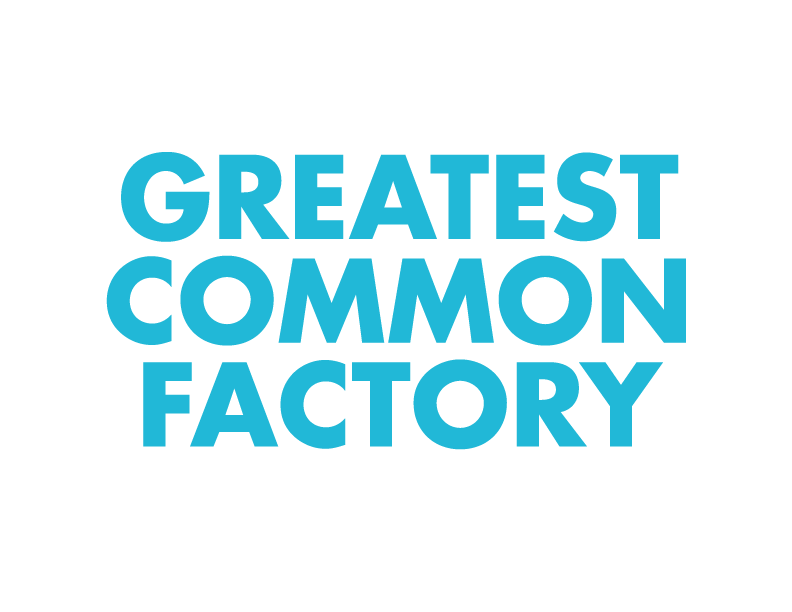What Formula1 Can Teach Agencies About Productivity
How real speed is the result of thoughtful and measured action
Just before the holidays, my wife gave me a day on the Circuit of the Americas Formula 1 track in Austin. Because I had an instructor coaching my every move. I drove a Lamborghini through twists and turns at speeds that at first felt impossible.
Turns out, driving on a racecourse is all about how you manage the corners. Done right, you set up carefully, enter in control (slow) and exit in momentum (full throttle). The momentum you gain propels you faster down the following straightaway.
“Slow is smooth,” the instructor kept reminding me. “And smooth is fast.”
Lap to lap, my brain calmed down. I could look up and look ahead—“looking through the corner” my instructor called it. Preparedness overcame panic. Real speed replaced the sensation of fast. Real speed turns out to be the result of thoughtful and measured action.
Beyond the smile that almost broke my face and superhero exhilaration, I walked away feeling I’d gotten a lesson in work for the years ahead. The corollary for our business is this: Applied thought over time beats whiplash reaction.
Advertising culture has confused activity with progress and chaos with creativity. Now that we’re between the pandemic and a new normal, we have the chance to make some systemic changes in how we operate.
Look at your calendar, dominated by Zoom, Teams and Google Meets. That means we talk a lot about the work, leaving only the times when we’re exhausted to do it. That’s akin to revving the engine without putting the car in gear. It goes nowhere, and soon things begin to break.
No wonder “goblin mode”—using your time for yourself unapologetically—beat “metaverse” for the Oxford English Dictionary’s word of the year for 2022.
We’re aware that employees are reassessing hours of commuting to soulless cubes. And many bring separate laptops and tablets to “keep up” throughout command performance meetings. Yet are we aware of what this is doing to our productivity on a daily basis?
The root cause is fear that if we don’t go fast enough all the time, we’ll miss something. When we let action masquerade as progress, we set up to fail. Then we can’t address the fundamental, underlying issues. As my driving instructor said, driving wildly into a corner just slows you down.
Rethink your organization as a state of work
It’s not your headcount, it’s your collective head. “The traditional approach has become a rote exercise that’s done because everyone does it,” Alexander Kjerulf, co-founder of Heartcount, the employee satisfaction software company, recently told The New York Times. “But few people actually see any value in it—and that goes both for employees and management.”
Clear up your calendar
We need to rethink what the calendar is for. Treat it like the corners on a racetrack—use it for navigating and planning so it can set people up for momentum in work—the straightaways. People can’t go very fast if they’re continuously having to navigate turns. Our leadership job is to create more straightaways, more momentum, and smoother speed.
When you meet, plan for getting to “yes” early
If “no” is what is on the agenda, perhaps the meeting wasn’t even necessary. The goal of these “corner meetings” should be big yesses with exponential impact—with all the little decisions falling into place. My track instructor was adamant: Set your line early and let the car do what the car does—go!
Prioritize challenges and objectives
The corners that lead to the longest straightaways matter most; the momentum you pick up there carries into the most speed. Likewise, priority jobs are the ones with the greatest impact on the work and the greatest effect on the business.
Discuss the “why” of big meetings beforehand
Conversation invites thoughtfulness and active participation is assumed; there’s no BCC in a conversation. Leave status and updates to the dashboard; they provide context for “why” but aren’t meeting-worthy as topics.
When everyone understands "why," teams move in sync. They move effortlessly. And they move fast. That’s the value of establishing a rhythm that works for your organization. The good news is that the car doesn’t need to change, and the track doesn’t need to change—a few tweaks to the approach the driver takes are all that are needed for a smoother ride.
This GCF-authored editorial originally appeared in Ad Age.

